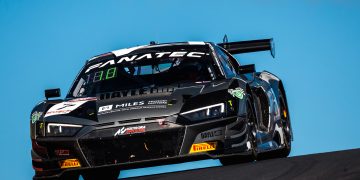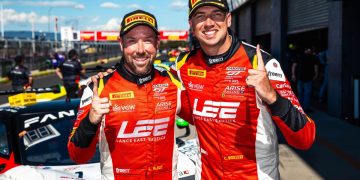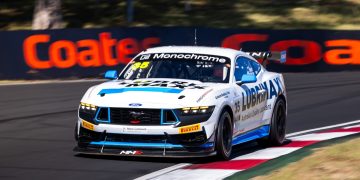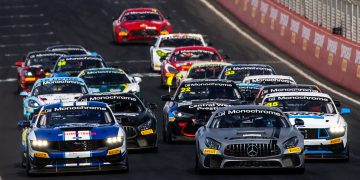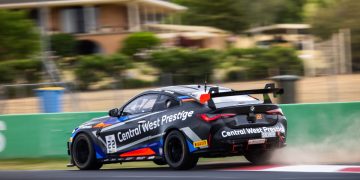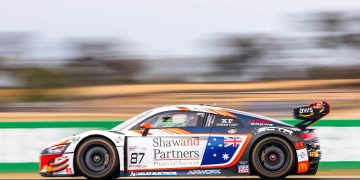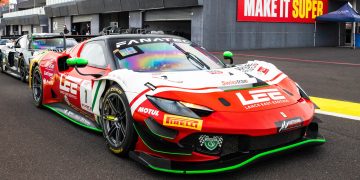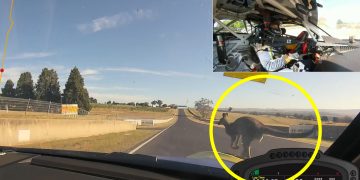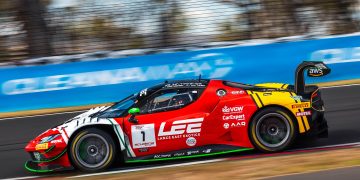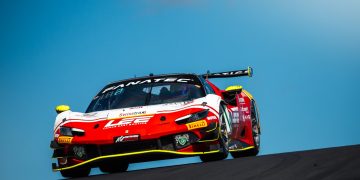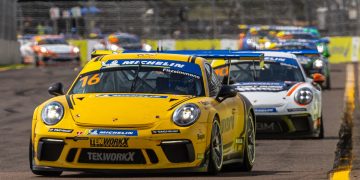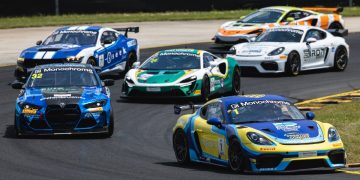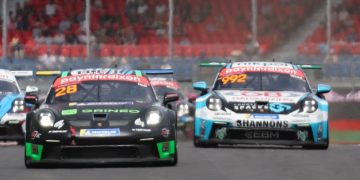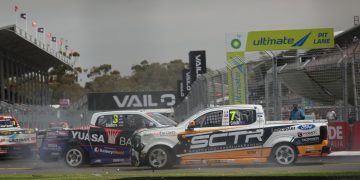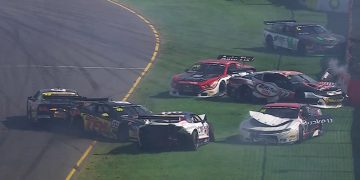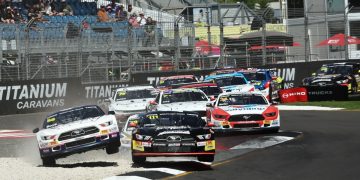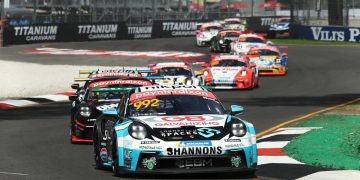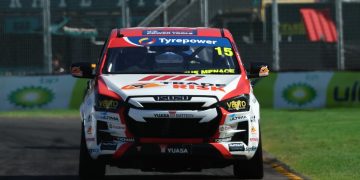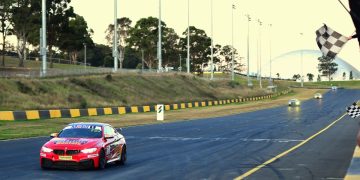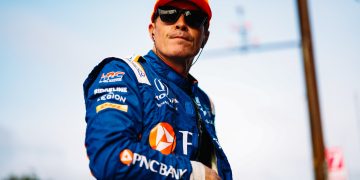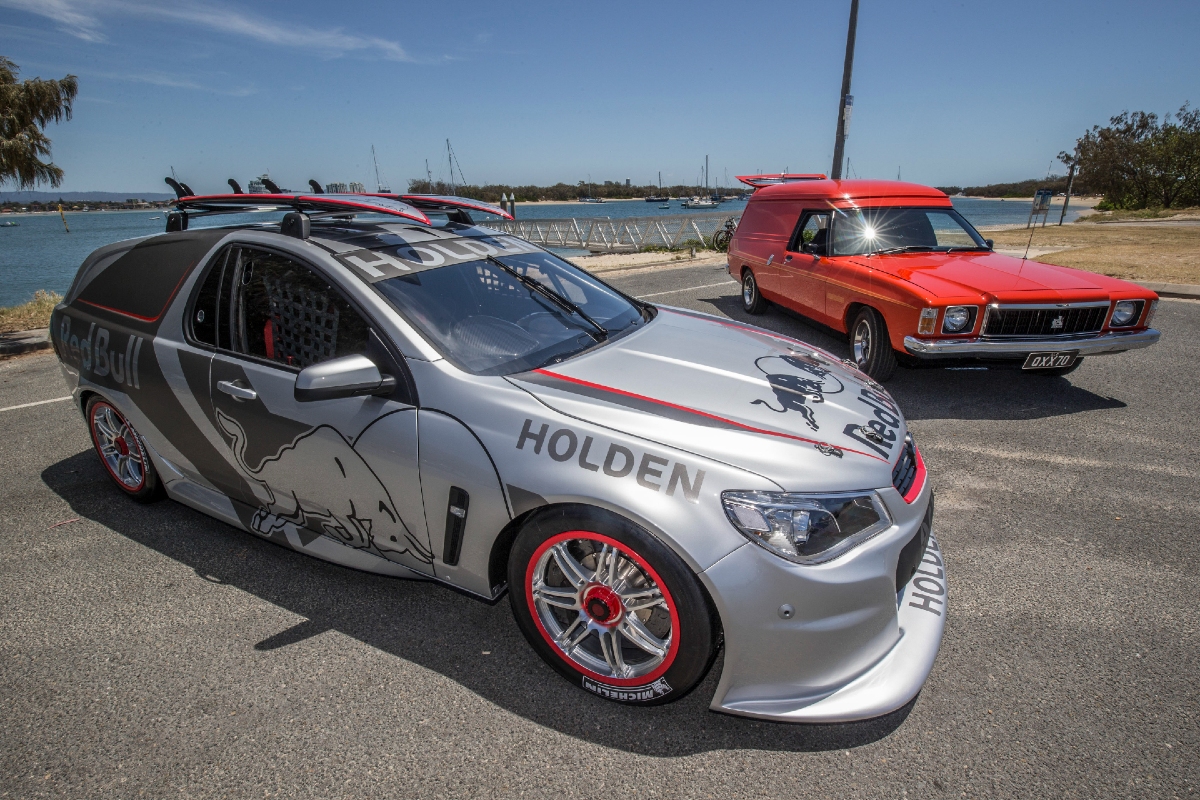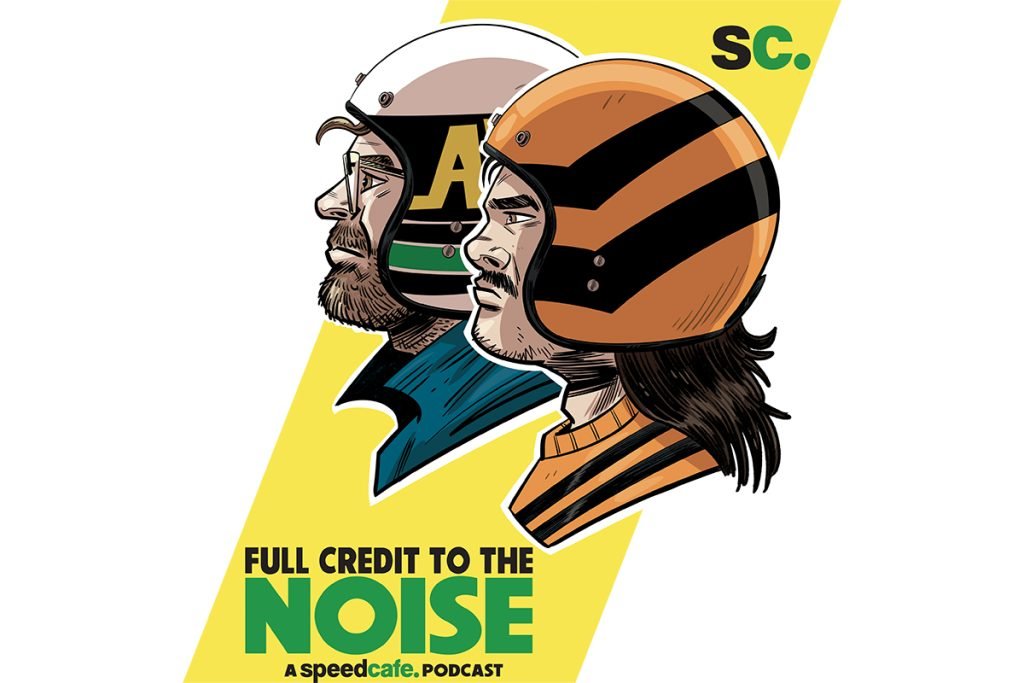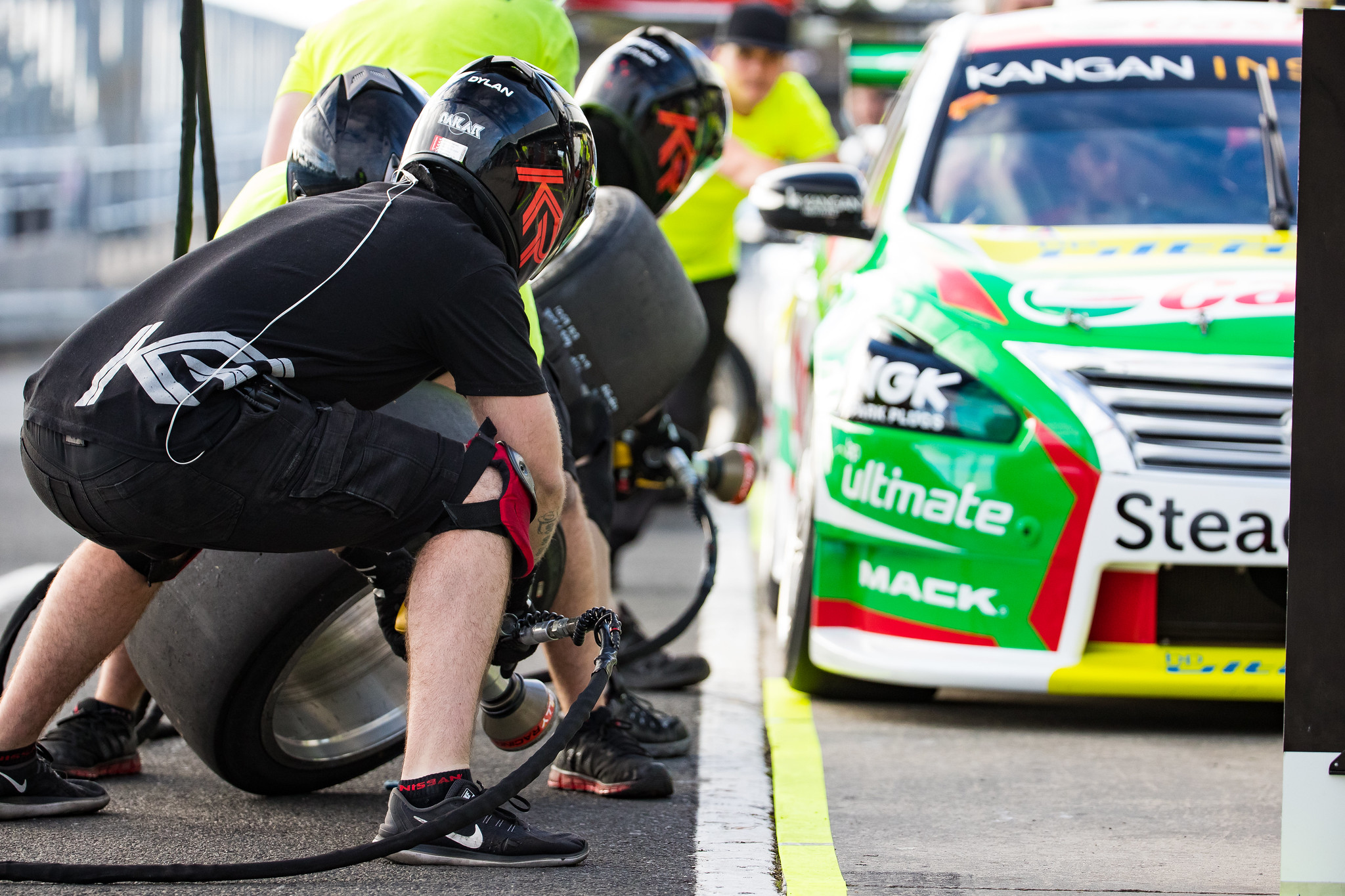
Rick Kelly believes that the closure of pit lane under Safety Car offers an opportunity to take risks as others likely converge on strategy at the WD-40 Phillip Island SuperSprint.
The Virgin Australia Supercars Championship will trial a return to the procedure in both races of this weekend’s fourth event of the season, the first time it has been seen in almost two decades.
The Phillip Island Grand Prix Circuit features the tightest pit lane on the calendar so, with an eye to safety, drivers will not be eligible to take their compulsory pit stop(s) (CPS) at any point in time during a Safety Car period.
Should a driver be short a CPS when the Safety Car is called, they would therefore be trapped just ahead of those who have already been through the lane for service.
Conventional wisdom therefore holds that crews will call their drivers into the pit lane at the earliest possible opportunity, a point which Scott McLaughlin alluded to when he predicted ‘bland’ racing in terms of strategy permutations.
“I think it’ll probably make people at the same strategy for a lot of cars, so personally I think it’s great safety-wise for the crews but probably going to make it a little bit bland from the strategy land,” suggested the Shell V-Power Racing Team driver.
Kelly had a slightly different take on the issue.
While broadly agreeing with McLaughlin’s viewpoint, the Kelly Racing driver noted the potential gain available for those who choose to roll the dice on there being no Safety Car, at least not until late in the race, given how tough a long stint would be on tyres.
“It’s the same old thing, pit lane’s been blocked before with cars queuing that we couldn’t get past and it hurt us and you’ve been on the other side of it as well,” he said.
“I don’t really care about what they do with the rules as much, I don’t really have an opinion on that, all I care is about how we can get the most out of it as a team.
“It will definitely change the strategy and it provides an opportunity to take a bigger risk and get rewarded for it, by going longer and risking a Safety Car.
“The (tyre) deg(radation) around this place (in Friday practice has) been abnormal but the deg around this place is normally reasonably high so if you go longer and have a decent overcut, take the high-risk strategy and there’s no Safety Car, you could be well and truly rewarded for it, so from that point of view it will be interesting.”
Kelly was nevertheless quick to claim that he would not be taking such a risk if the #15 Castrol Altima’s promising start to the weekend continues, having been a better than expected fourth in Friday practice and the only entry to break up the Mustangs’ dominance of proceedings.
“If we’re lucky enough to qualify further forward than we have been, then I don’t think we’ll be going too risky with what we’re doing with strategy,” he noted.
Friday fast man Fabian Coulthard, meanwhile, maintains that the pit lane closure is not even necessary given how many garages are available at Phillip Island.
The Victorian circuit’s pit lane features 59 garages, albeit relatively small, while only the standard-for-2019 24 cars are entered this weekend, with a large number of garages at the north end of the line towards pit entry being used by support categories.
The DJR Team Penske driver argued that simply spreading out the teams and their pit booms would be a better solution.
“But this is the biggest pit lane we have with the most amount of garages,” he observed.
“Surely we can space the garages out and make the pit lane safe, and then we can just leave it as it is.”
Drivers will be required to take at least one CPS to change at least two tyres in Saturday’s Race 9, and at least two to take on at least 120 litres of fuel in Sunday’s Race 10, with the CPS window open in each race after the completion of five laps.

 Shop
Shop